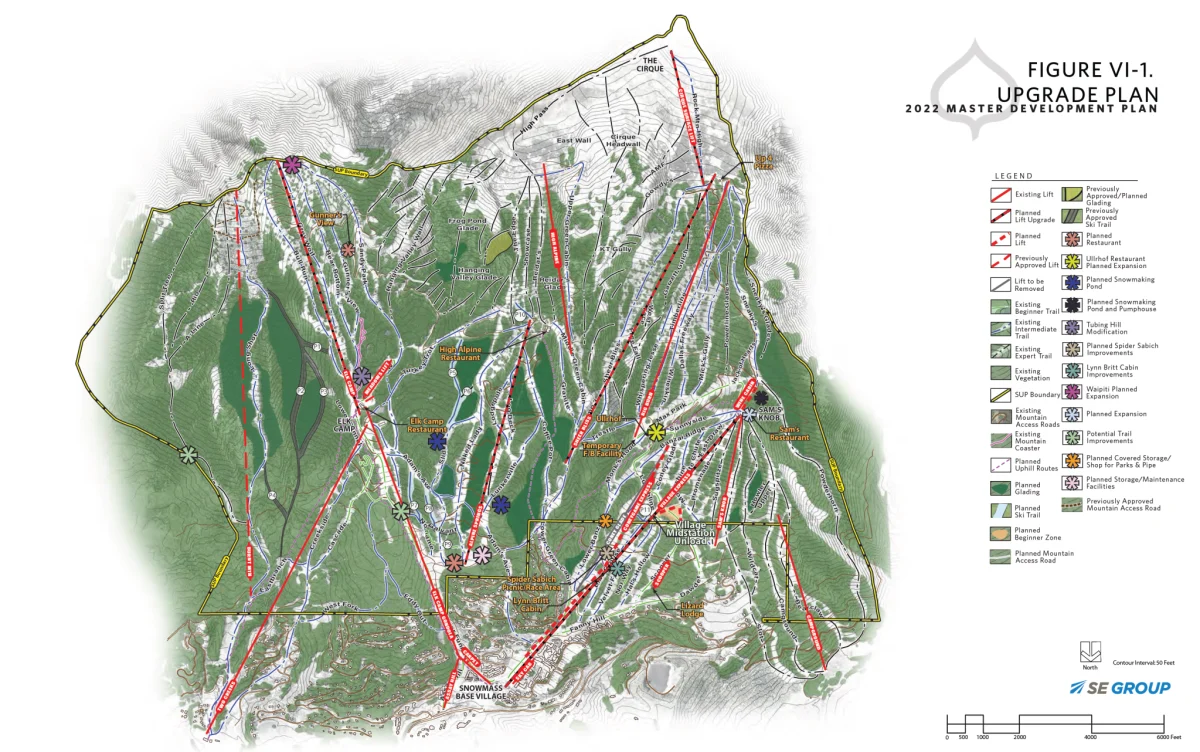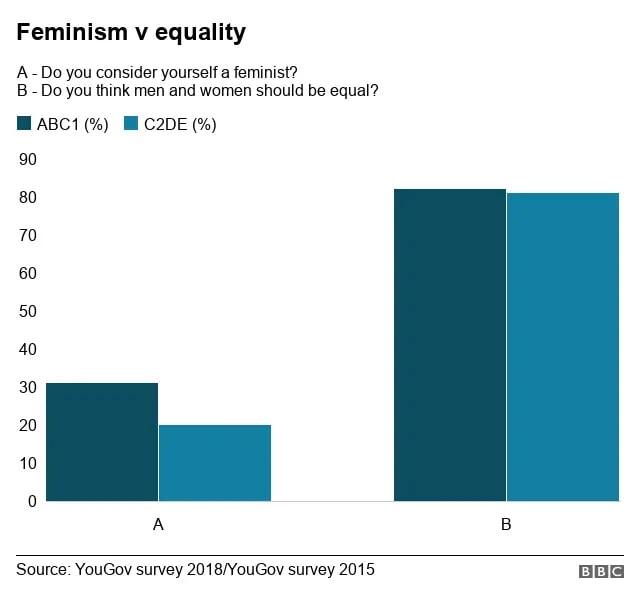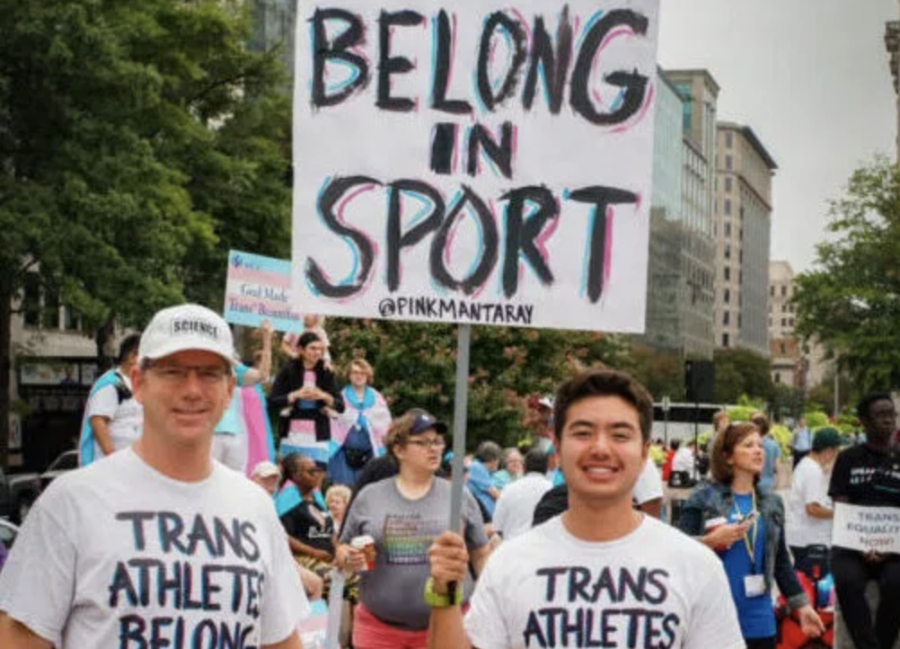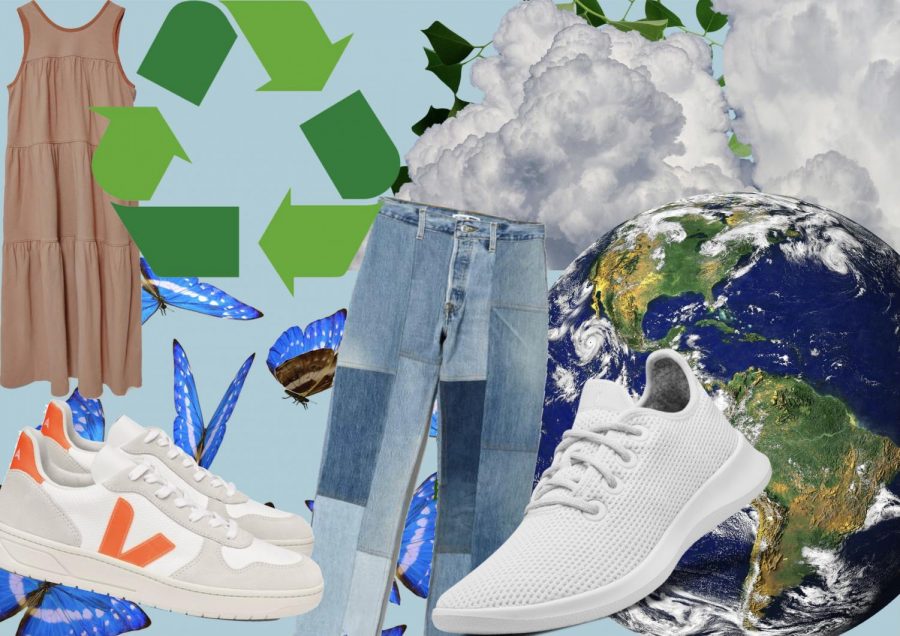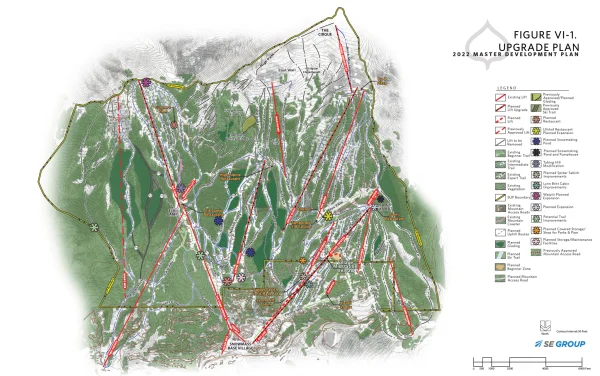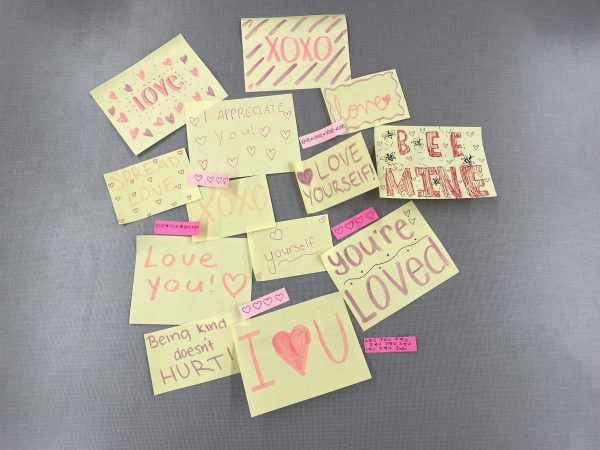Reduce, reuse, recycle, style
Reduce, reuse and recycle clothing and shop for sustainable clothing for Earth day.
Stop! You’re really doing more online shopping? Let’s think about a few things first. Do you need, not want, but physically need it? Or do you already own something similar? These are essential questions to ask yourself while sustainably shopping, but I hate to break it to you; there is no such thing as being 100% sustainable with fashion.
Memories and emotions are tied to articles of clothing, so it can be hard to get rid of them. You may think to yourself: “I wore that dress to my 8th-grade dance,” “I might need a Hawaiian shirt one day,” and “I used to wear that shirt all the time.” Maybe you’ll give it to your kids, but to be environmentally friendly and even organized, you must get rid of clothing.
Figure out the clothes you no longer wear. Create a system where you flip your hangers. I recommend turning all your hangers around, and once you wear something, you flip the hanger. After six months, if there are hangers that are still flipped around, those are the pieces you should get rid of. I have compiled a list of the best ways to recycle and organize your closet this Earth Day.
Clothing Swap
Pros: You are able to give your clothing to someone who might wear it more and give it a new life. Plus, if you have a friend who loved that dress you no longer wear, you will be making their day.
Cons: This takes time to organize and get participation.
Consignment
Pros: You can make money by selling your clothes. Maybe you spent $200 on that prom dress that you can’t get yourself to give away for free. You could sell them on consignment pages such as an Instagram page, eBay, Poshmark, or Depop. This is a great way to get some of your money back on an item so, you could sell the prom dress for $175 and only lose $25 instead of the full $200.
Cons: You need lots of time to set up an account, get a decent following, take pictures of the pieces and post the clothing.
Thrift Shop
Pros: Thrift stores are a great way to give back to your community and recycle. Some clothes will even still have tags on them.
Cons: “The downside: buying second hand can give unconscious consumers who sell their clothes less incentive to think about their purchases, which fuels more fast fashion consumption.” Says Sustainable Fashion Matterz.
Throwing away clothes
Pros: Out of sight, out of mind.
Cons: There are definitely more consequences to this because it is terrible for the planet. According to the 2017 State of Reuse Report,” North Americans throw away roughly 81 pounds of textiles (clothing, towels, bedding, etc.) a year per person. Think of it this way: That’s more than 26 billion pounds heading into landfills each year across the U.S. and Canada alone.” It is costing your community a ton, literally. According to the EPA, “it costs an average of $45 per ton to dispose of waste in a landfill. A fashion-focused city like New York City pays $20.6 million per year just to dispose of textile waste.” Get ready for this next fact: according to Savers, it takes so much water to make a pair of jeans. Up to 1,800 gallons, to be exact. That’s more water than you can or will drink in five years- just some food (or water) for thought. Lastly, people tend to think no one can use clothes with holes or used undergarments, but just because it may not be wearable doesn’t mean it won’t serve a purpose. These items can have a second life as dishrags or even insulation. According to epa.gov, “clothing in the landfills breaks down and releases toxic greenhouse gases like carbon dioxide and methane into the environment.”All in all, just DON’T throw away your clothes
Minimize
Pros: Having as little as possible = less consumption. Think twice when buying another shirt that is identical to one you have at home. Wear everything in your closet allowing you to save money because you are no longer buying clothes.
Cons: If you are someone who likes to change styles and experiment around with new outfits, you might get bored of this.
So maybe you are looking for new clothes but not sure how to make sure you are buying ethically and environmentally friendly. I have conducted a list of brands that make you feel amazing, are long-lasting, and trending.
Allbirds
For: Men, Women
Categories: Shoes, Socks, Apparel, Undergarments
Price: $10- $250
Description: According to Sustainable- Chic, “Allbirds marketing campaigns over the past few years have taken everyone by storm and helped to bring sustainability more mainstream. What started as one pair of unisex sneakers has since expanded into a full line of shoes, socks, & underwear. Allbirds use eco-friendly materials like sustainably sourced wool, tencel, sugarcane, & natural castor bean.”
Veja
For: Men, Women, Kids
Price: $50- $200
Description: Veja is known for its simplistic sneakers. Not only are these shoes found in celebrities’ closets, but this French fashion brand’s shoes are also great for the environment. Like the organic cotton and wild rubber it uses, each of the materials can be traced right back to its source. And although they are leather, there are vegan options available.
Everlane
For: Kids, Women
Price: $10- $100
Description: According to Everlane, “We spend months finding the best factories around the world—the same ones that produce your favorite designer labels. We visit them often and build strong personal relationships with the owners. Each factory is given a compliance audit to evaluate factors like fair wages, reasonable hours, and the environment. Our goal is to score a 90 or above for every factory.”
Re/Done
For: Men, Women
Price: $15- $1,000
Description: All of their jeans are repurposed from deconstructed denim, pre-loved Levi’s, and premium raw materials. Their Los Angeles factory’s team practices a far more sustainable method of processing their jeans than big-time blue jean factories. Many larger brands use a method called sand washing, which uses tons of water and harsh chemicals that eventually wash off into the environment. In an interview with Vogue, the duo called their processing method “an exact duplicate of a home wash…just with more jeans.” Plus, their items are custom-tailored to fit you the way you want. Though $250 for jeans may seem steep, the investment pays off.

Ava Thornely is a Senior at Aspen High School. This is her third year as a writer and second as a social media manager. In her free time she enjoys skiing,...



